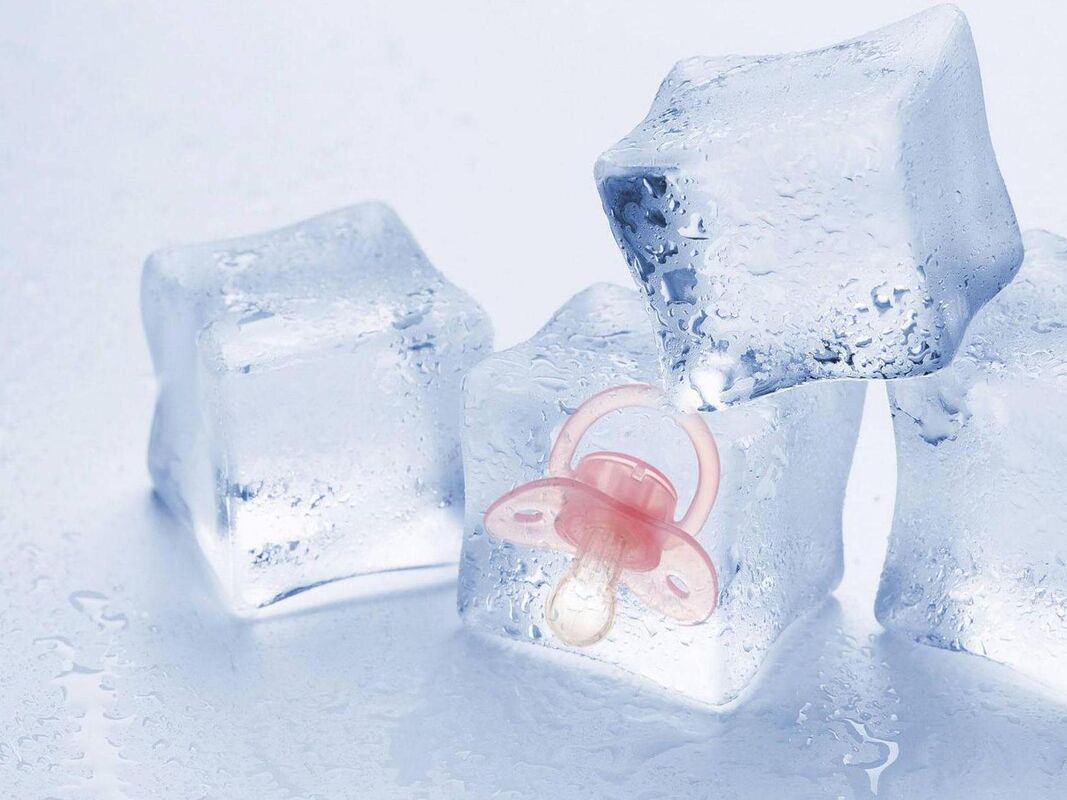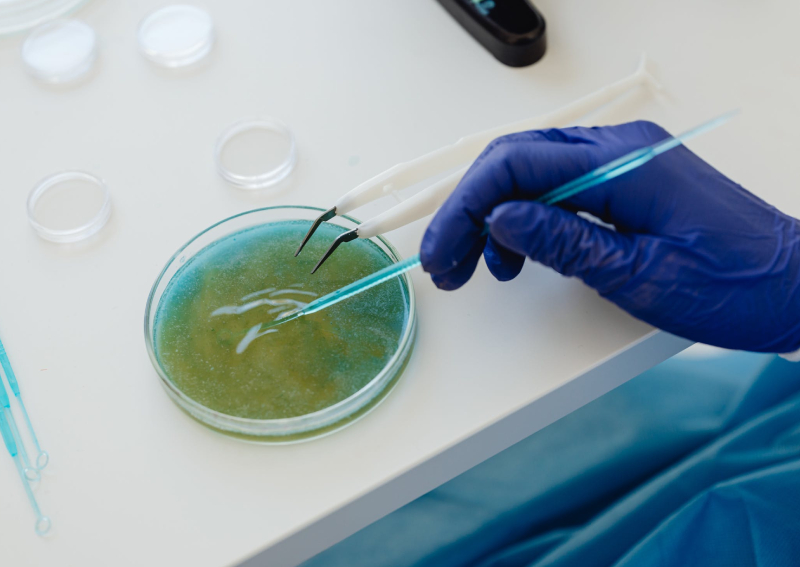Fertility treatments have come a long way in recent years, and there are now many options available to couples who are struggling to conceive. In vitro fertilization (IVF) is one of the most common and effective fertility treatments, but it is not the only option. Other fertility treatments include intrauterine insemination (IUI), ovulation induction, and assisted reproductive technologies (ART).
Different types of fertility treatments:
IVF is the most common type of fertility treatment, and it is also one of the most effective. IVF fertility involves retrieving eggs from the ovaries and fertilizing them in a laboratory. The fertilized eggs are then transferred to the uterus, where they implant and grow.
IUI is another common fertility treatment. IUI involves placing sperm directly into the uterus, where it can fertilize an egg. IUI is often used in conjunction with ovulation induction, which is a treatment that helps the ovaries produce eggs.
ART is a catch-all term that refers to any fertility treatment that involves manipulating eggs or embryos in a laboratory. This includes IVF, IUI, and egg donation.

Success rates of fertility treatments:
The success rate of fertility treatments depends on many factors, including the age of the woman, the cause of infertility, and the type of treatment. For example, the success rate of IVF is about 40% for women under 35. The success rate of IUI is about 15% for women under 35.
The side effects of fertility treatments vary depending on the type of treatment. The most common side effects of IVF include bloating, cramping, and breast tenderness. The most common side effects of IUI include bloating, cramping, and spotting. The most common side effects of ovulation induction include hot flashes, mood swings, and headaches.











